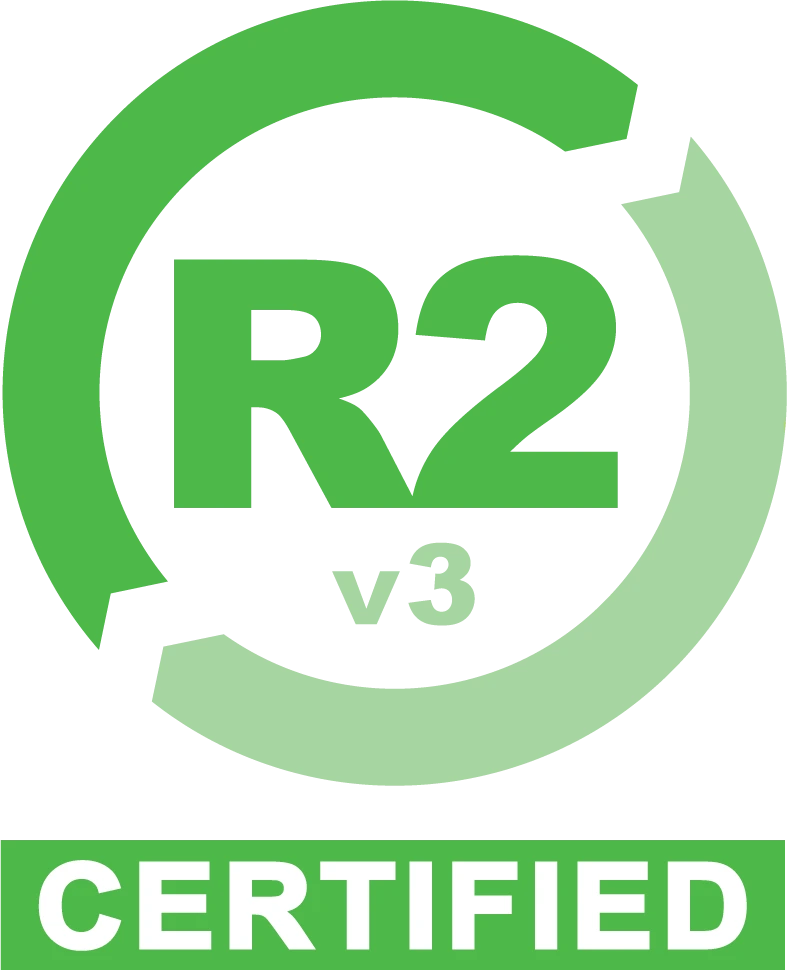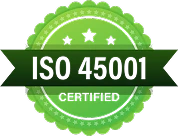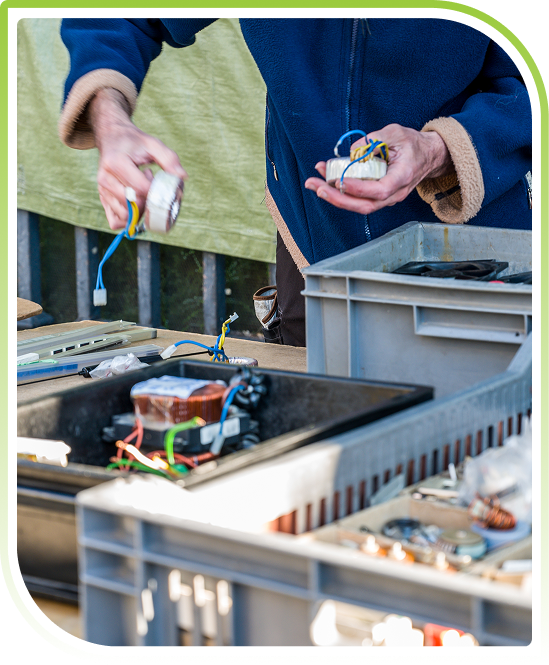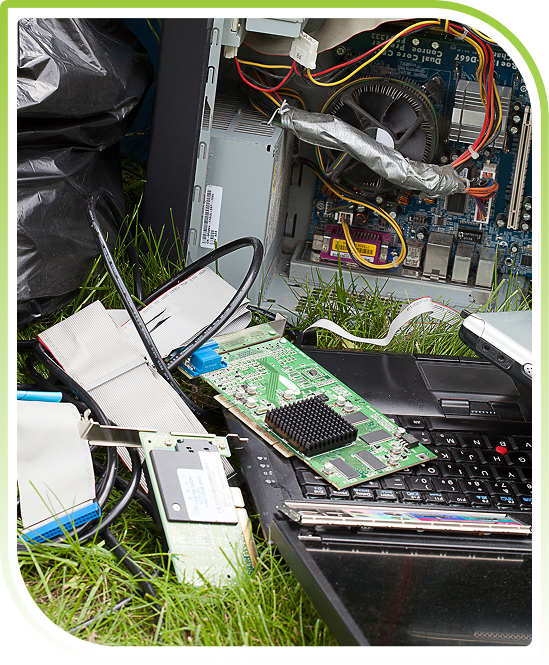Free E-Waste Pick up &
Computer Recycling.
We collect, recycle, and certify electronics the secure way. Free pick up in select
areas,
R2v3 downstream, certificates and serial logs for data-bearing devices.











